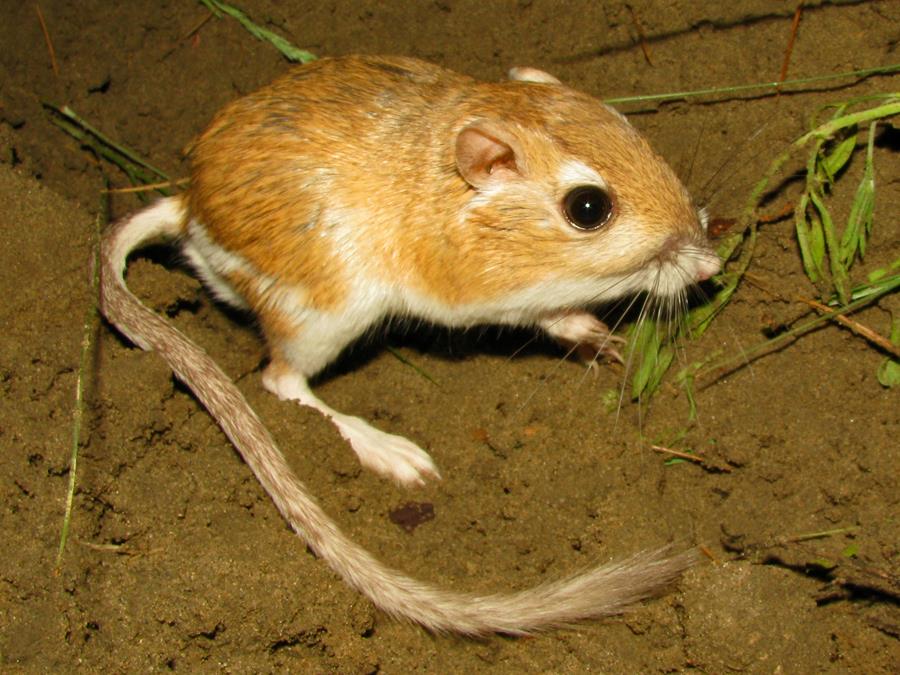
Happy April! As days lengthen, temperatures warm, and springtime wildlife begins to return to much of the country, we hope you are enjoying the last of winter. If you are planning to catch a peek at some of Canada’s incredible migrating biodiversity this spring, check out some of the newly accepted KBAs for Criterion D, which are highlighting sites important for globally and nationally significant aggregations during migration or other biological processes. KBAs like Fraser River Estuary, Frank Lake south, and Eastern Cape Sable Island are some of the best places in the country to see migrating birds on their journey to breeding sites further north.
The KBA program is reaching a critical point in terms of KBA identification, and new accepted KBAs are being added to the KBA Canada Registry every month. KBA identification in regions like Manitoba and the Territories is nearing completion, at least for species, as most proposals for candidate sites have been developed and reviewed by experts.
KBAs for ecosystems remain in their early stages, as we collaborate with NatureServe Canada and experts across the country to complete the Canadian National Vegetation Classification, which will give us the base information required to then assess which ecosystems are geographically restricted or threatened. Draft ecosystem KBA proposals in the prairie grasslands were paused last year to ensure that they would be based on the most accurate classification and mapping. A first set of ecosystem KBAs for alvar ecosystems that are already well mapped in Ontario and Manitoba will be submitted within the next two months, which is an exciting development. Lucy Poley and Zack Harris at WCS Canada are working with alvar experts and provincial Conservation Data Centers (CDCs) to complete these proposals.
As we look forward to a post-identification phase of the KBA program, KBA Canada has commissioned an end-user assessment to identify how and where KBA information might be used. ReConnect Consulting is leading a survey and interview process to better understand how KBA information is perceived and could be most effective in conservation and land use planning. If you are interested in knowing more about this process or participating in the interviews in the coming months, please get in touch. We will send out the survey broadly over the summer, so stay tuned and we will be grateful for your responses.
More and more KBAs are being added to the KBA Canada registry every month. KBAs like Alberta’s Castleguard Cave, Ontario’s Great Duck Island, and Manitoba’s Pine Ridge Hillside and Routhwaite Five Mile Creek have all been added to the registry during 2023. Check the registry regularly to investigate KBAs as they are accepted!
The group at Birds Canada leading the reassessment of IBAs to KBAs welcomes two new KBA technicians this spring: Chelsea Aristone and Mercy Harris. Mercy joins the team from a background of studying Barn and Tree Swallow foraging and diet at the University of Saskatchewan, while Chelsea joins with experience on researching invasive species and human impacts on aquatic ecosystems.
Over the last year, NatureServe Canada’s EBAR project has developed over 130 maps for priority species, which have help inform KBAs and been made available to other researchers and agencies. Over 125 experts contributed their time to support this work, volunteering over 200 reviews of range maps. For anyone interested in participating or learning more, please fill in this survey and an EBAR team member will follow-up with you.
Join on April 19th at noon Pacific/3pm Eastern for a joint webinar hosted by BC Nature, Birds Canada, and WCS Canada about iNaturalist, and how IBA Caretakers and KBA partners are using iNaturalist to engage nature groups and their communities. RSVP and get a meeting link to join at the Eventbrite link here.
As work on KBA identification begins to reach completion in some regions of the country, we are looking forward to hosting a series of update webinars in Fall 2023 to update on the status of KBAs in different provinces and territories. Stay tuned for more on this, and please reach out if you are interested in a KBA webinar targeted to your group or community.
The recordings for all past webinars can be found on our website.

We are always looking for more stories about KBAs and the fascinating species within them. If you have a story about a KBA or a potential KBA species that you’d like to share, write to us at KBA Canada.
As always, please get in touch if you have questions or if you want to learn more.
Peter Soroye
Canada Key Biodiversity Areas Assessment and Outreach Coordinator / Coordonnateur de l’évaluation et de la sensibilisation des zones clés pour la biodiversité